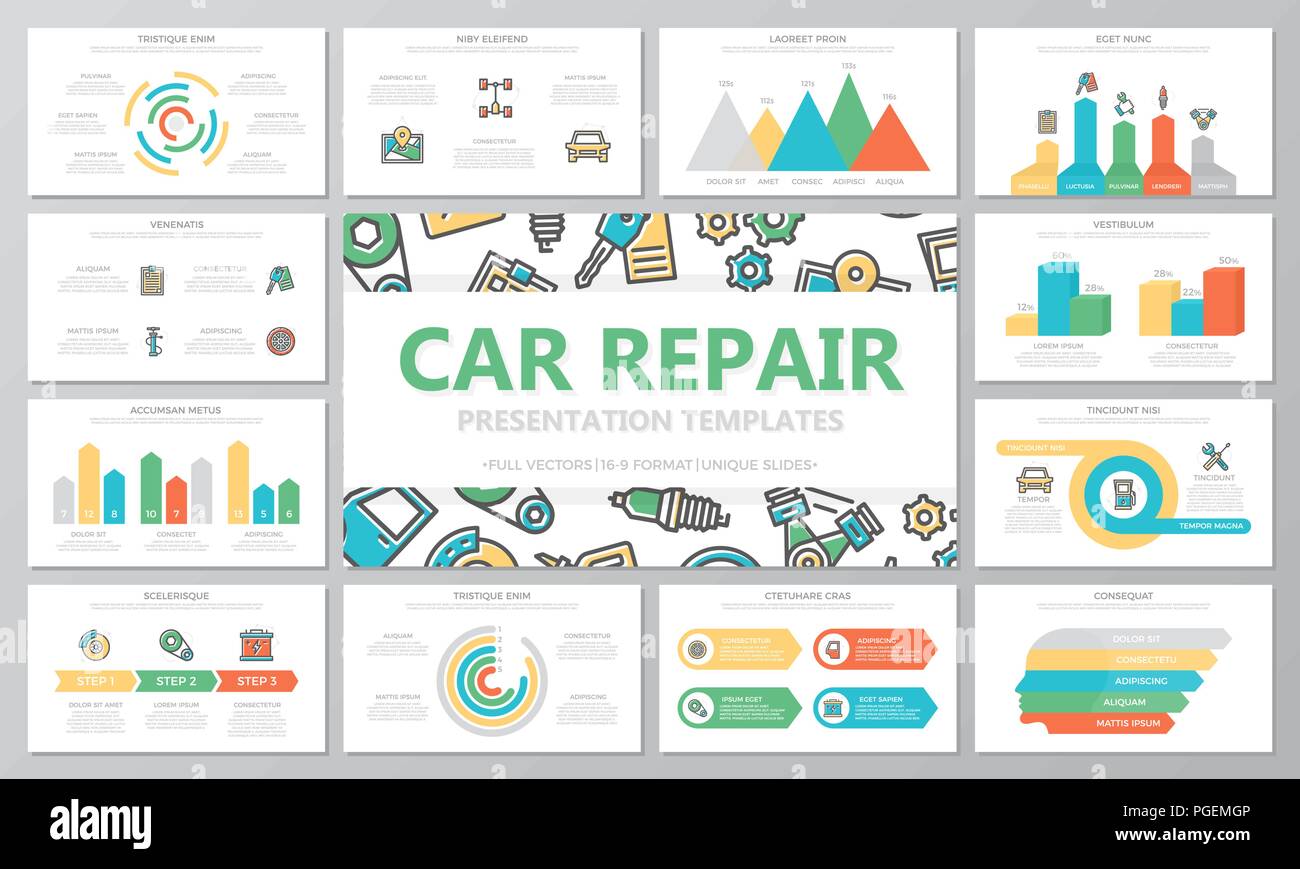Eager To Recognize What The Dashboard Warning Lights In Your Car Represent? Explore Their Meanings For The Well-Being And Safety And Security Of Your Vehicle
Eager To Recognize What The Dashboard Warning Lights In Your Car Represent? Explore Their Meanings For The Well-Being And Safety And Security Of Your Vehicle
Blog Article
Post Developed By-Faulkner Corbett
When you're behind the wheel, those glowing caution lights on your dashboard can be a bit puzzling. Do you know what they're attempting to inform you concerning your automobile's health? Understanding cardetailingaucklandprice of these lights is vital for your safety and the longevity of your car. So, the next time among those lights pops up, would not you wish to decode its message properly and take the required steps to address it?
Common Caution Lights and Interpretations
Determine usual warning lights in your vehicle and recognize their meanings to ensure secure driving.
The most regular warning lights consist of the check engine light, which indicates problems with the engine or discharges system. If this light comes on, it's critical to have your vehicle inspected without delay.
The oil stress alerting light suggests low oil pressure, calling for immediate focus to prevent engine damage.
A flashing battery light might suggest a faulty billing system, possibly leaving you stranded otherwise resolved.
The tire stress monitoring system (TPMS) light signals you to reduced tire stress, affecting vehicle stability and gas efficiency. Disregarding this might bring about dangerous driving problems.
The abdominal light suggests a problem with the anti-lock stopping system, endangering your capability to stop quickly in emergencies.
Last but not least, the coolant temperature warning light warns of engine overheating, which can cause extreme damage if not settled swiftly.
Recognizing these typical warning lights will assist you attend to concerns without delay and preserve risk-free driving problems.
Value of Prompt Attention
Understanding the typical warning lights in your cars and truck is only the first step; the relevance of promptly resolving these warnings can not be emphasized sufficient to ensure your safety when driving.
When a caution light brightens on your dashboard, it's your auto's method of interacting a prospective issue that needs interest. Ignoring these cautions can cause a lot more serious problems later on, jeopardizing your safety and potentially costing you extra out of commission.
Trigger attention to alerting lights can prevent failures and mishaps. For instance, a flashing check engine light can show a misfire that, if left ignored, might cause damages to the catalytic converter. Resolving this promptly can conserve you from a costly repair.
In a similar way, a brake system warning light may indicate low brake fluid or worn brake pads, important elements for your safety and security when driving.
Do It Yourself Troubleshooting Tips
If you notice a caution light on your control panel, there are a couple of do it yourself repairing suggestions you can attempt before seeking professional help.
The initial step is to consult your vehicle's handbook to comprehend what the specific caution light indicates. In straight from the source can be as basic as a loose gas cap setting off the check engine light. Tightening https://www.wtrf.com/automotive/spend-less-at-the-pump-with-these-fuel-saving-tips/ may fix the issue.
One more usual concern is a low battery, which can set off different alerting lights. Checking the battery connections for deterioration and guaranteeing they're safe could deal with the issue.
If a caution light continues, you can attempt resetting it by separating the cars and truck's battery for a few mins and after that reconnecting it. In addition, inspecting your automobile's fluid levels, such as oil, coolant, and brake liquid, can assist fix alerting lights connected to these systems.
Conclusion
In conclusion, understanding your cars and truck's caution lights is important for maintaining your automobile running efficiently and safely. By without delay addressing these alerts and recognizing what they mean, you can avoid expensive repairs and possible malfunctions.
Keep in mind to consult your vehicle's manual for certain information on each cautioning light and act appropriately to make sure a hassle-free driving experience.
Keep educated, remain risk-free when driving!
